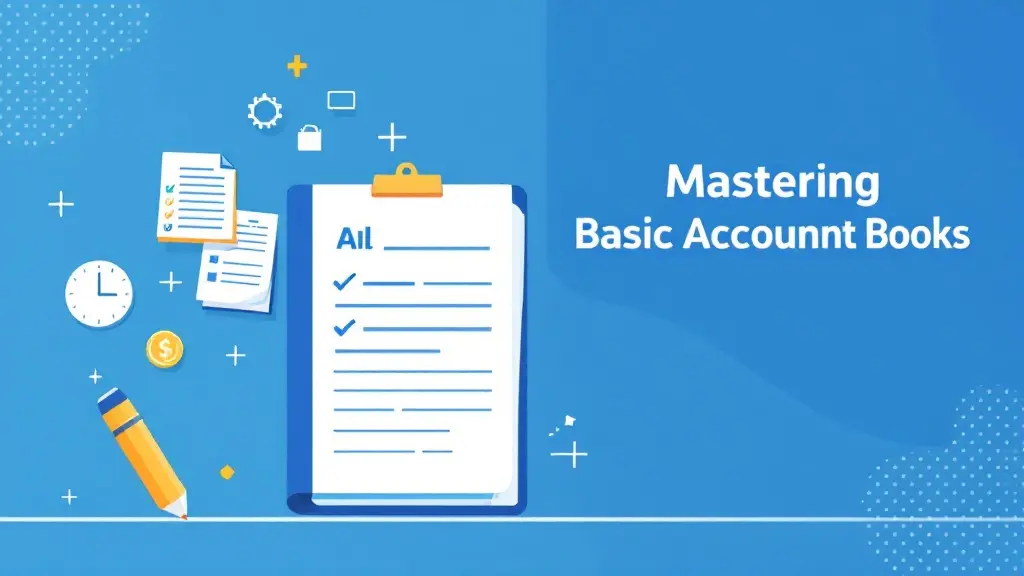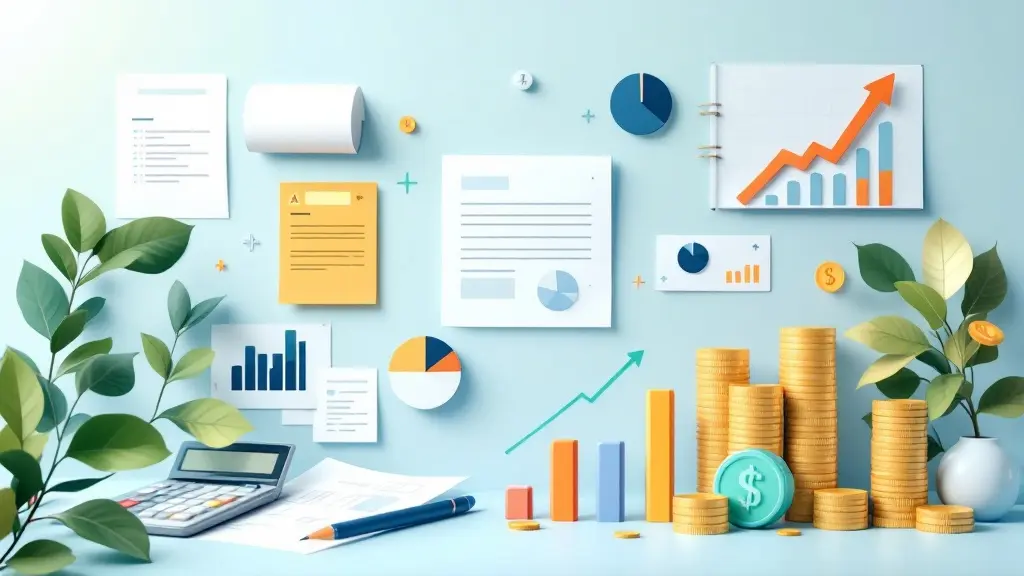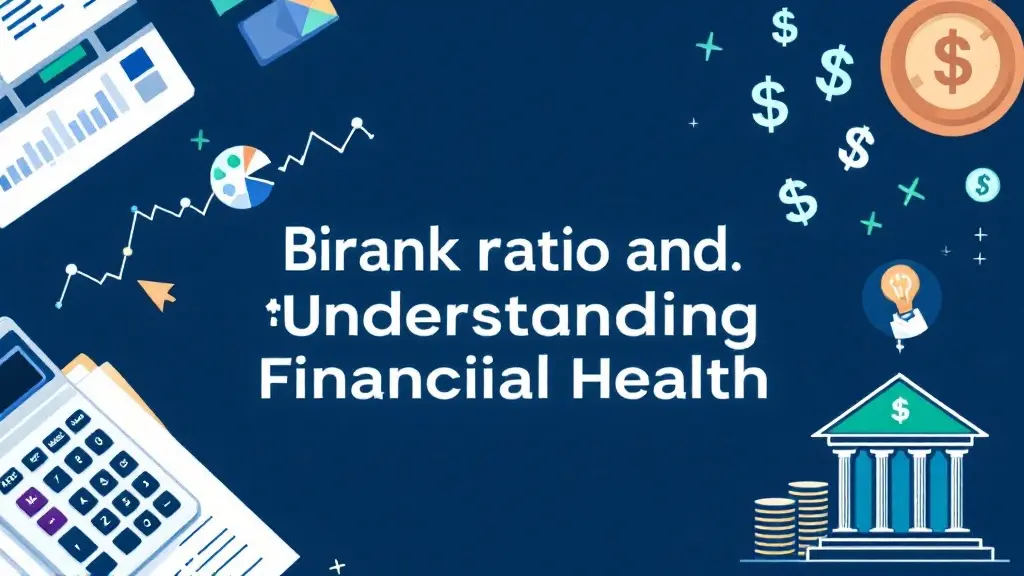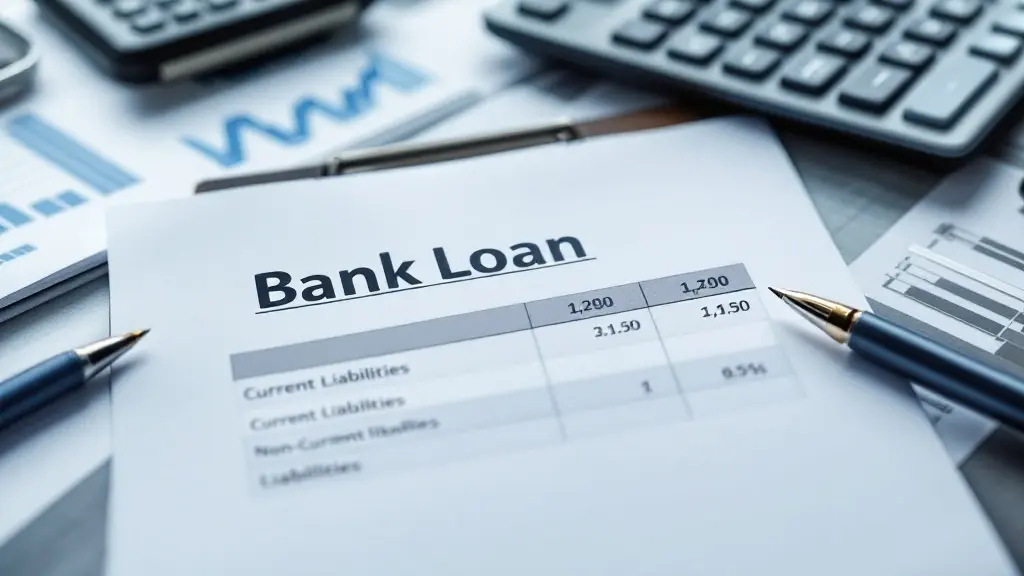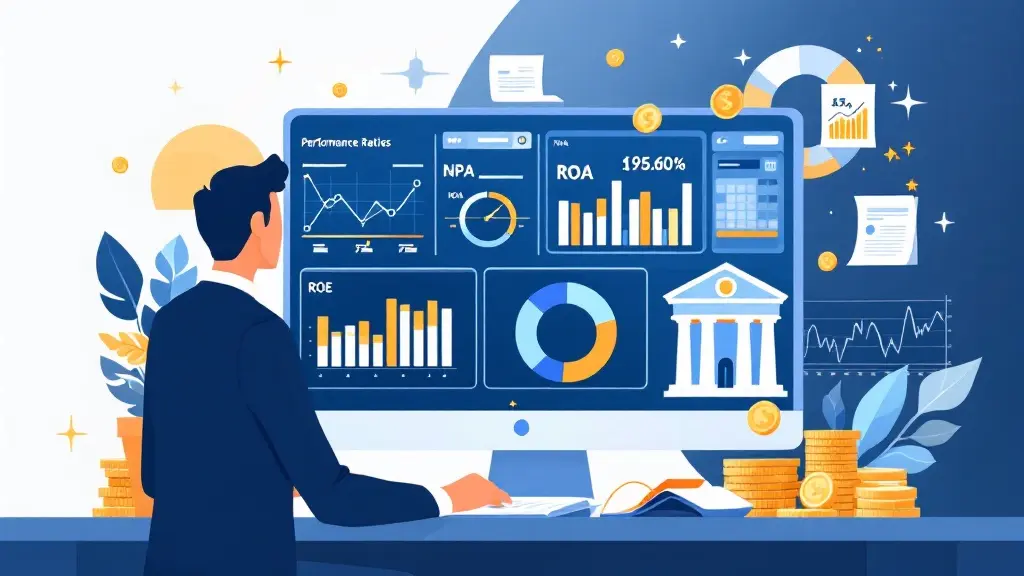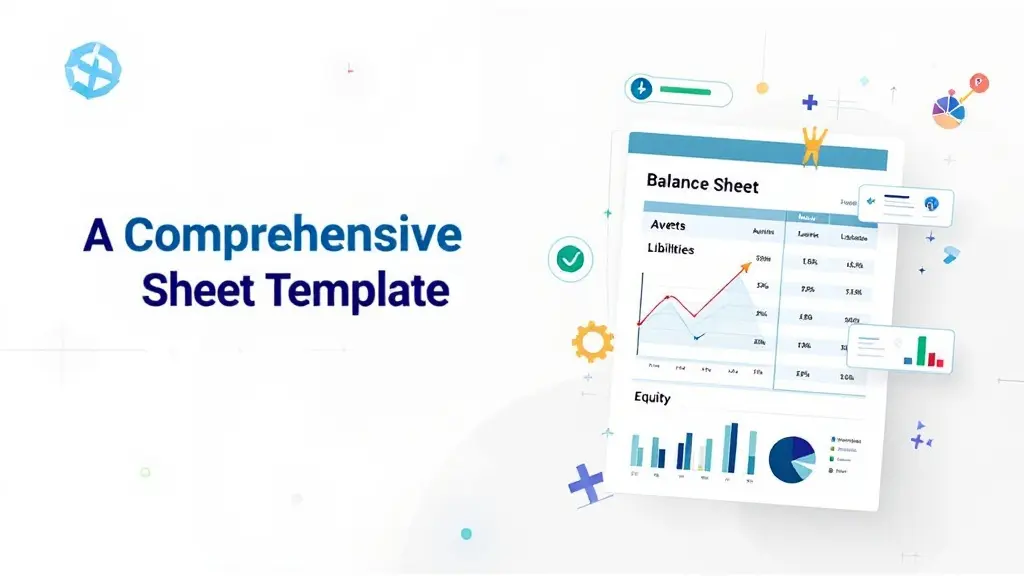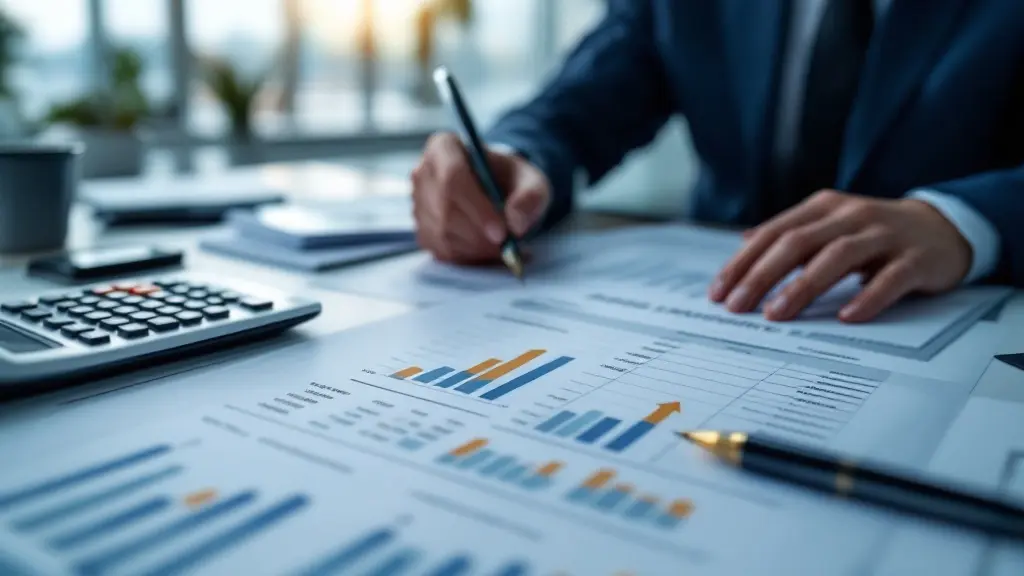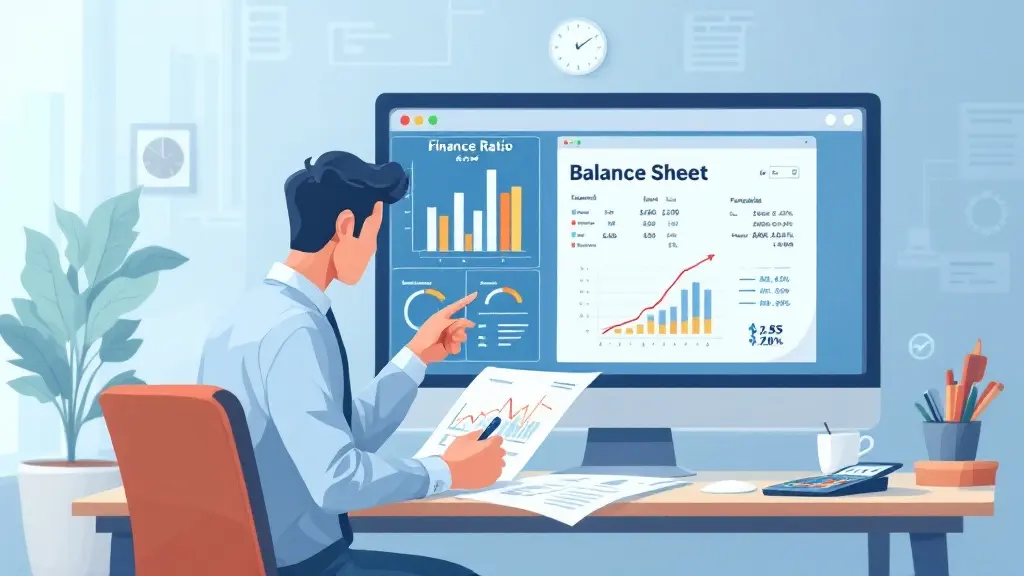Balance Sheet Format – Class 11: A Complete Guide for Beginners
Table of Contents
Most Read
[fusion_dropcap class="fusion-content-tb-dropcap"]I[/fusion_dropcap]f you’re a Class 11 student diving into the world of accounting, the term balance sheet might sound a bit intimidating at first. But don’t worry — it’s simpler than you think! In this blog post, we’ll break down the balance sheet format for Class 11 in the easiest way possible. Whether you’re preparing for your exams or just want to build a strong foundation in commerce, you’re in the right place.
What Is a Balance Sheet?
A balance sheet is one of the three major financial statements used to understand the financial health of a business. It provides a snapshot of a company’s financial position on a particular date by listing its assets, liabilities, and capital.
Simply put:
📌 Assets = What the business owns
📌 Liabilities = What the business owes
📌 Capital (Owner’s Equity) = Owner’s share in the business
The core principle of a balance sheet is that it always balances:
👉 Assets = Liabilities + Capital
Importance of Balance Sheet in Class 11
Understanding the balance sheet is crucial for Class 11 students because:
- It introduces basic financial reporting concepts.
- It’s part of the curriculum under the CBSE and State Boards.
- It lays the foundation for higher-level accounting in Class 12 and beyond.
- It helps in analyzing a business’s financial position.
Types of Balance Sheet Formats Taught in Class 11
There are two major formats of balance sheets covered in Class 11:
- Traditional or Horizontal Format
- Modern or Vertical Format
Let’s explore each in detail.
1. Traditional (Horizontal) Balance Sheet Format
This is the older style of presenting a balance sheet and is still popular in educational settings.
Structure:
| Liabilities | Amount (₹) | Assets | Amount (₹) |
|---|---|---|---|
| Capital | Cash | ||
| Reserves | Debtors | ||
| Creditors | Stock | ||
| Loans | Furniture | ||
| Outstanding Expenses | Machinery | ||
| Total Liabilities | Total Assets |
Key Points:
- Liabilities are listed on the left side, and assets on the right side.
- Both sides must always be equal.
- It follows the account form layout.
2. Modern (Vertical) Balance Sheet Format
This is the updated format, used widely in the corporate world and taught under the Companies Act, 2013.
Structure:
ABC Enterprises
Balance Sheet as on 31st March 20XX
I. EQUITY AND LIABILITIES
1. Shareholder's Funds
a) Capital
b) Reserves and Surplus
2. Non-Current Liabilities
a) Long-term Borrowings
3. Current Liabilities
a) Trade Payables
b) Short-term Provisions
TOTAL EQUITY AND LIABILITIES
II. ASSETS
1. Non-Current Assets
a) Fixed Assets (Tangible/Intangible)
2. Current Assets
a) Cash and Cash Equivalents
b) Inventories
c) Trade Receivables
TOTAL ASSETS
Key Points:
- The format is top to bottom, i.e., vertical.
- Assets and liabilities are grouped based on time (current vs. non-current).
- This format is aligned with modern financial practices.
Balance Sheet Format as per Class 11 NCERT
As per the NCERT Class 11 Accountancy Book, the horizontal format is primarily introduced. Here’s a simplified version:
Balance Sheet of XYZ Traders as on 31st March 20XX
| Liabilities | Amount (₹) | Assets | Amount (₹) |
|---|---|---|---|
| Capital | 1,00,000 | Cash | 10,000 |
| Add: Net Profit | 20,000 | Debtors | 15,000 |
| Less: Drawings | (5,000) | Stock | 25,000 |
| Creditors | 10,000 | Furniture | 30,000 |
| Outstanding Expenses | 2,000 | Machinery | 42,000 |
| Total | 1,27,000 | Total | 1,27,000 |
Common Terms You’ll See in a Balance Sheet
Let’s quickly define a few important terms:
- Capital: Money invested by the owner into the business.
- Creditors: People or businesses to whom money is owed.
- Debtors: People or businesses who owe money to the business.
- Stock: Goods available for sale.
- Fixed Assets: Long-term assets like buildings and machines.
- Current Assets: Cash or other assets expected to convert into cash within one year.
Steps to Prepare a Balance Sheet in Class 11
- Start with the Trial Balance: Identify the balances of assets, liabilities, and capital.
- Categorize items properly: Classify each item under the correct heading.
- Calculate capital adjustments: Add profits and subtract drawings.
- Arrange in proper format: Choose horizontal or vertical as per instructions.
- Ensure it balances: Check that assets = liabilities + capital.
Tips for Class 11 Students to Master the Balance Sheet
✅ Understand categories: Know what goes under assets, liabilities, and capital.
✅ Memorize the equation: Assets = Liabilities + Capital.
✅ Practice often: Solve different problems to get comfortable.
✅ Use neat presentation: Especially important for board exams.
✅ Revise definitions: Terminology is key to scoring well.
Sample Exam Question (Class 11)
Q: From the following Trial Balance of Suresh Traders, prepare a Balance Sheet as on 31st March 20XX.
Trial Balance:
- Capital ₹50,000
- Creditors ₹10,000
- Cash ₹5,000
- Debtors ₹15,000
- Furniture ₹20,000
- Stock ₹10,000
- Machinery ₹10,000
- Outstanding Wages ₹2,000
[Your Task:] Prepare the balance sheet in horizontal format.
Why Balance Sheet Knowledge Matters Beyond Class 11
Learning how to read and prepare a balance sheet doesn’t just help in exams — it helps in:
📈 Understanding how businesses operate
🧾 Reading company financials in real life
💰 Managing personal finance better
📚 Preparing for careers in accounting, finance, or business management
Conclusion
Understanding the balance sheet format for Class 11 is a critical step in your accounting journey. With practice, the structure and logic behind it will become second nature. Whether you’re using the horizontal format taught in school or the vertical format used by companies, the key lies in clear categorization, proper formatting, and consistent practice.
If you’re a student, teacher, or parent guiding a young learner, we hope this guide has made the topic clearer and more approachable.
Did you find this guide helpful? Drop your comments below or share it with your classmates who might be struggling with balance sheet formats. For more Class 11 accountancy help, keep following our blog at FinTax24!
